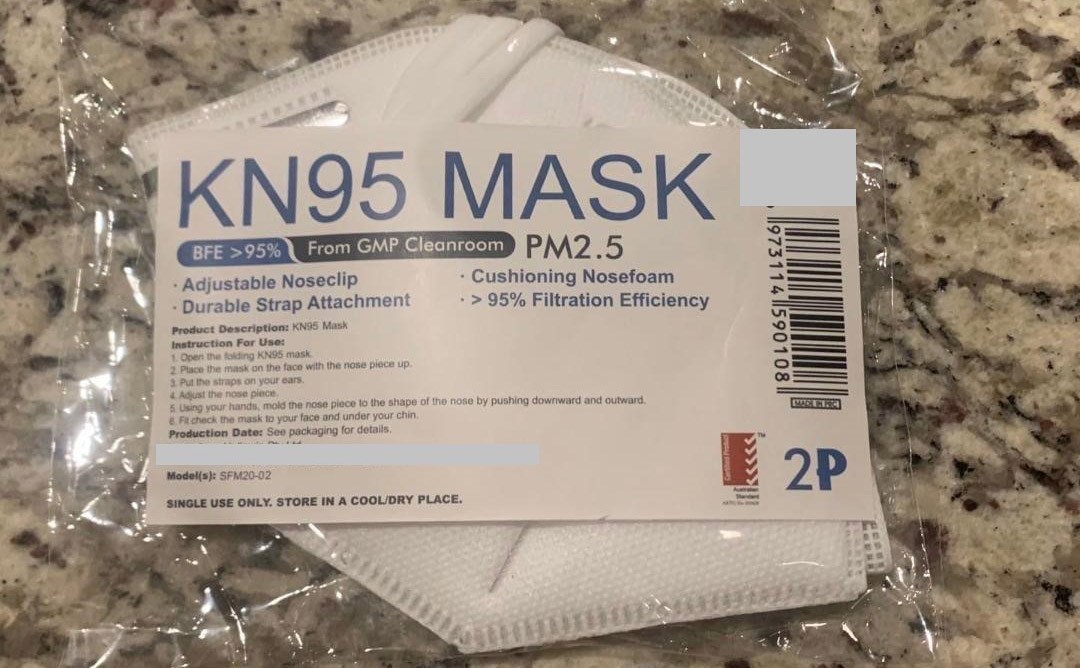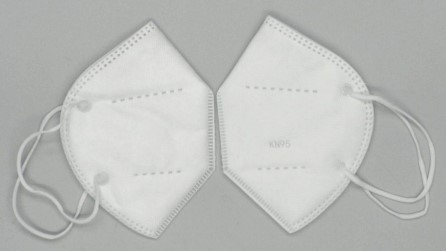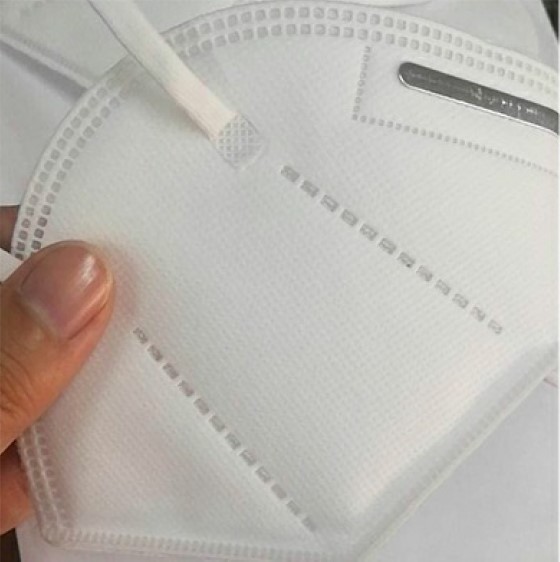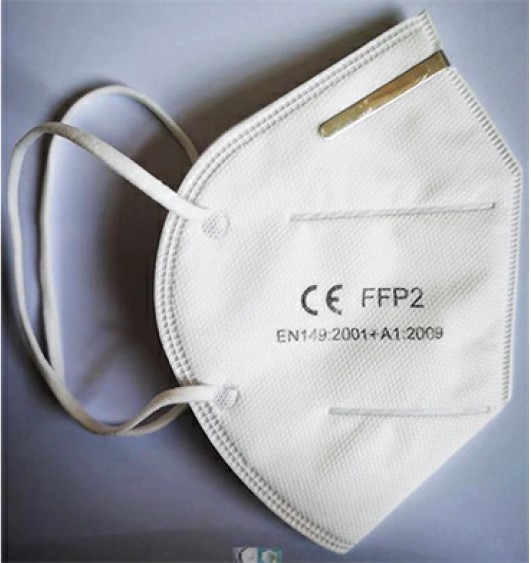Fake disposable respiratory protective equipment
Issued: 29/07/2020
Last Updated: 29/07/2020
Purpose
The purpose of this safety alert is to assist businesses in identifying fake (non-certified) respirators and highlight the risks associated with using them.
Background
The COVID-19 pandemic has increased demand for half face disposable respirators.
As a result, some industries have had difficulty getting disposable respirators used for protection against dusts and chemicals including silica, asbestos and lead.
This extra demand is leading to fake respiratory protective equipment (RPE) entering the Australian market.
In Australia, most disposable respirators and filters that give protection against dusts and other particles are classified and marked as P1, P2 or P3, in accordance with the Australian Standard AS/NZS 1716:2012.
There are also international standards for the classification of these respirators, with the United States 'N95', European 'FFP2' and Chinese 'KN95' considered equivalent to the Australian P2 and acceptable in Australian workplaces. View a comparison of equivalent respirator certification standards for further information.
Key points
- RPE that is compliant to AS/NZS 1716:2012 has the manufacturer's name, trade name or mark on the mask or facepiece and filters have the manufacturer's name, trade name or mark, and the filter classification (P1, P2 or P3).
- Many companies that manufacture RPE are certified by an independent body, such as SAI Global, and normally have their licence number marked on the packaging that the RPE is supplied in.
- All RPE used in the United States must be certified by the US National Institute for Occupational Safety and Health (NIOSH), which maintains a list of approved RPE. Some of these masks are imported into Australia.
Action required
- Before buying RPE, make sure it meets the Australian Standard or international equivalent, especially if there is doubt about performance claims.
- Get product certificates from the manufacturer that certify the RPE has been manufactured in accordance with AS/NZS 1716: 2012 or an equivalent international standard.
- Check the product certificates issued by a certifying body are genuine. They will have a licence number and the manufacturer’s name which can be found on the certifying body’s website, along with a list of the licensed models of respirators and filters.
- If using N95 respirators, check this NIOSH list for all the approved United States N95 disposable respirators.
It can be hard to distinguish a genuine mask from a fake mask. The images below show examples of fake (non-certified) respirators. You can also check this NIOSH list for examples of fake respirators and/or see the British Occupational Hygiene Society’s guide to Spotting fake respirators.

Figure 1: Conflicting manufacturer’s information—A half-face disposable respirator with KN95 labelling and Australian Standard labelling (Image courtesy of SafeWork NSW)

Figure 2: Issues with documentation and product markings—A half-face disposable respirator with KN95 labelling supplied with documentation from an unaccredited testing laboratory and without product markings (Image courtesy of SafeWork NSW).

Figure 3: No product marking—A half-face disposable respirator with KN95 labelling supplied with documentation from an unaccredited testing laboratory and without product markings (Image courtesy of SafeWork NSW).

Figure 4: No evidence of testing certification— A half-face disposable respirator with FFP2 labelling supplied without test certificates (Image courtesy of SafeWork NSW).
Further information
- WHSQ, Availability of disposable respirators during the COVID-19 pandemic
- Department of Natural Resources, Mines and Energy safety alert no. 373
- SafeWork NSW, Safety Alert - Supply of fake face masks.